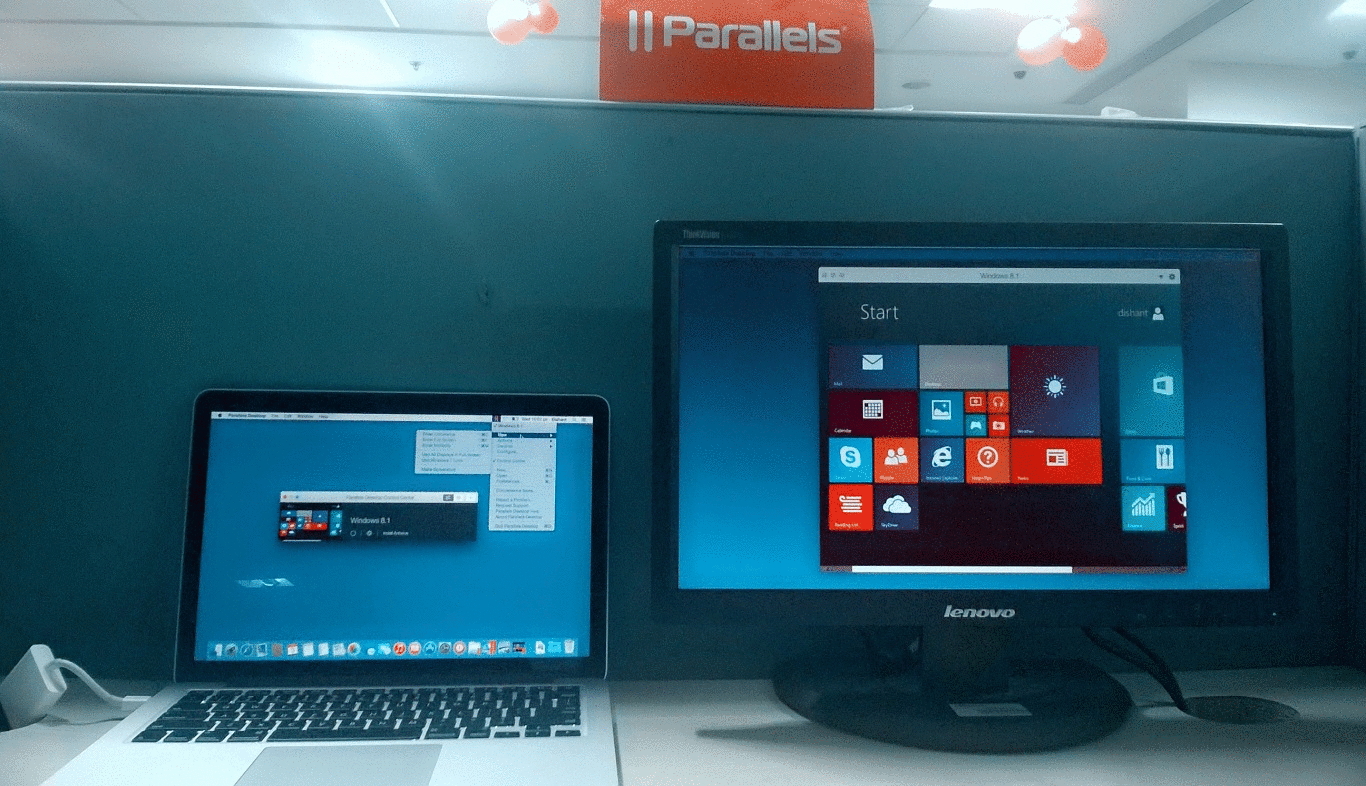
When you create a virtual machine in Parallels, a desktop alias or shortcut to the virtual machine should be created automatically. Generally speaking, to run a guest OS in Parallels, you need to start Parallels Desktop from the Launchpad, then the Control Center opens with a list of all existing guest OS, you can click to start a virtual machine from there. Question: Q: Time Machine and Parallels Desktop: Best Practices Hello! I'm fairly new to Mac OS and I would like to know from other more seasoned Mac users the best practices for backing-up your data via time machine when you also run a virtual machine. Parallels Desktop 16 bought the usual performance improvements: launching and quitting virtual machines more quickly, and boosting performance for Windows apps that use DirectX graphics by around 20%.

I'm planning to purchase a MacBook Pro. I understand there have been problems getting Time Machine to work with network attached storage devices, even though the manufacturers claim the devices are compatible with it. I'm also under the impression that OS X has been updated to work with NAS devices, but I'm not sure if that's correct.

Your Time Machine will also back up Windows 8.1. It's one of the easiest ways to keep your Virtual Machine safe. When backing up the Virtual Machine, it will only backup the recent changes (the latest snapshot), but not the whole virtual hard drive. Thus, the backup process will take less time and use less space on your Time Machine storage device.
I realize the NAS drive can be reformatted to be Apple-compatible, but I plan also to use Parallels to run Windows 8.1 alongside OS X. Will Time Machine backup data on both partitions, or will I need to use a separate backup program in Windows? Should/can I create multiple partitions on the backup drive, one formatted for Windows and one for Time Machine?

Unclutterer.com. MacBook Pro with Retina display
Parallels Desktop Time Machine
Posted on Nov 8, 2014 6:55 AM
